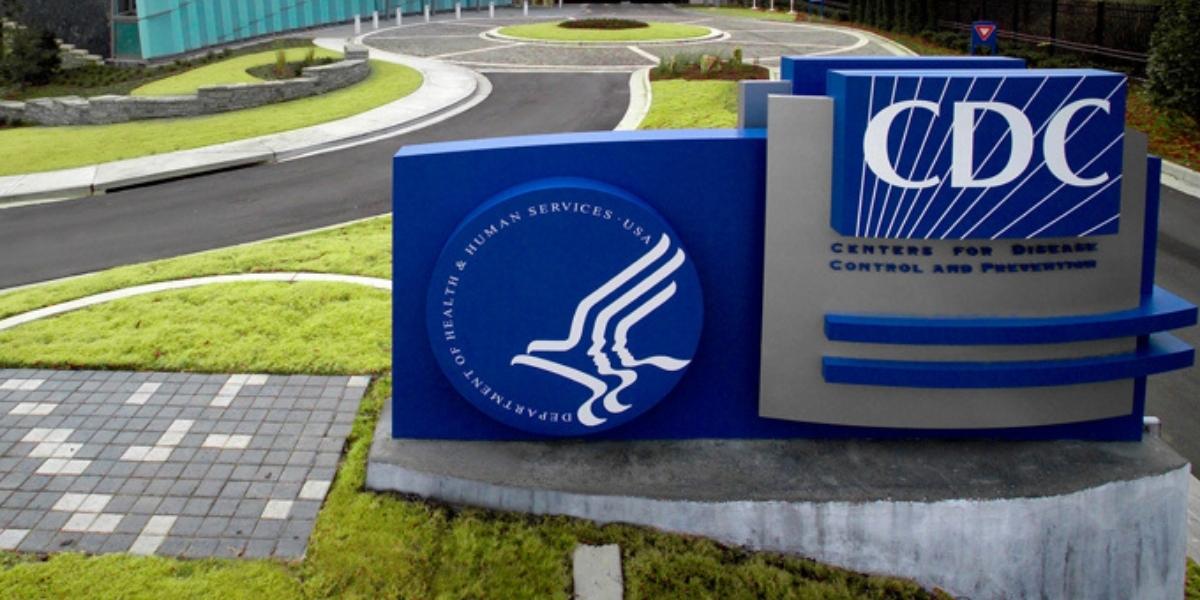Obesity Rates Are High According to CDC Data
October 03, 2022 By Omal J

(Image Credit Google)
According to recent data from the Centers for Disease Control and Prevention (CDC), an increasing number of Americans nationwide suffer from obesity. Since 2018, more than twice as many states and territories have had high obesity rates. In addition, the prevalence of obesity varies greatly among various American demographic groupings.
The latest CDC data on obesity rates
The most recent data originates from the CDC's Behavioral Risk Factor Surveillance System, a continuous study of Americans' lifestyles and health-related practices. And the data from 2021 shows there are currently 19 states and territories with high rates of adult obesity. According to the CDC, that accounts for at least 35% of residents who are obese or have a body mass index of 30 or above. Also, in 2018, eight states had similarly high rates, which by 2020 increased to 16 states.
Furthermore, the link between body weight and health is complex. Besides, a person heavier than the average person is not necessarily in worse health. However, type 2 diabetes and other health issues, in particular, are associated with a higher risk of developing obesity.
 Additionally, higher-weight individuals frequently experience bias and discrimination from others, including their doctors, which may contribute to some of the additional health burdens they experience on average. And although being obese does not necessarily mean you will die, CDC officials say they are concerned about the consistent obesity rate increase over the past few decades. For instance, from 1999 to 2020, the prevalence of adult obesity in the United States increased from 30.5% to 41.9%, and approximately 10% of Americans now have severe obesity (defined as a BMI over 40).
Moreover, Debra Houry, the acting principal deputy director of the CDC, stated, "This report illustrates the urgent need for making obesity prevention and treatment accessible to all Americans in every state and every community. When we provide stigma-free support to adults living with obesity, we can help save lives and reduce severe outcomes of disease."
Additionally, higher-weight individuals frequently experience bias and discrimination from others, including their doctors, which may contribute to some of the additional health burdens they experience on average. And although being obese does not necessarily mean you will die, CDC officials say they are concerned about the consistent obesity rate increase over the past few decades. For instance, from 1999 to 2020, the prevalence of adult obesity in the United States increased from 30.5% to 41.9%, and approximately 10% of Americans now have severe obesity (defined as a BMI over 40).
Moreover, Debra Houry, the acting principal deputy director of the CDC, stated, "This report illustrates the urgent need for making obesity prevention and treatment accessible to all Americans in every state and every community. When we provide stigma-free support to adults living with obesity, we can help save lives and reduce severe outcomes of disease."
Differences in obesity rates among various American demographic groups
Obesity does not affect every American equally. For example, after accounting for age, the largest prevalence percentage belongs to Black Americans (49%), next Hispanics, and finally Whites. On the other hand, Asian Americans are substantially less likely than others to become obese in the United States (as of 2021, none of the 37 states with available data had high obesity rates among their Asian residents).
Furthermore, men are more likely to be obese than women. In addition, those with less education are more likely to be obese than those with more education. But, the connection between wealth and obesity is more nuanced than this since those in the lowest and highest income levels are less likely to be obese than those in the middle.

More details
The CDC issued the latest study on obesity rates in the nation in advance of this week's White House Conference on Hunger, Nutrition, and Health. Also, in his speech on Wednesday, President Biden called for efforts through Medicaid and Medicare to increase people's access to nutrition and obesity counseling. He also presented a plan to combat both hunger and obesity.
In particular, a class of drugs known as incretins has experts optimistic about the future of obesity therapy. It has been discovered that the medications can assist obese patients in losing 10-20% of their starting weight, a significant amount more weight loss than what one achieves with diet and exercise alone. And although they have certain side effects, the most frequent of which are gastrointestinal ones like nausea and constipation, there are currently no significant safety concerns.
However, the primary concern right now is the price of this drug. For instance, with Novo Nordisk's Wegovy, approved in June 2021, the drugs cost more than $1,000 per month without insurance. The reason is that numerous private insurers do not cover obesity therapies, and state insurance programs like Medicare are forbidden from doing so.
By Omal J
I worked for both print and electronic media as a feature journalist. Writing, traveling, and DIY sum up her life.


 Additionally, higher-weight individuals frequently experience bias and discrimination from others, including their doctors, which may contribute to some of the additional health burdens they experience on average. And although being obese does not necessarily mean you will die, CDC officials say they are concerned about the consistent obesity rate increase over the past few decades. For instance, from 1999 to 2020, the prevalence of adult obesity in the United States increased from 30.5% to 41.9%, and approximately 10% of Americans now have severe obesity (defined as a BMI over 40).
Moreover, Debra Houry, the acting principal deputy director of the CDC, stated, "This report illustrates the urgent need for making obesity prevention and treatment accessible to all Americans in every state and every community. When we provide stigma-free support to adults living with obesity, we can help save lives and reduce severe outcomes of disease."
Additionally, higher-weight individuals frequently experience bias and discrimination from others, including their doctors, which may contribute to some of the additional health burdens they experience on average. And although being obese does not necessarily mean you will die, CDC officials say they are concerned about the consistent obesity rate increase over the past few decades. For instance, from 1999 to 2020, the prevalence of adult obesity in the United States increased from 30.5% to 41.9%, and approximately 10% of Americans now have severe obesity (defined as a BMI over 40).
Moreover, Debra Houry, the acting principal deputy director of the CDC, stated, "This report illustrates the urgent need for making obesity prevention and treatment accessible to all Americans in every state and every community. When we provide stigma-free support to adults living with obesity, we can help save lives and reduce severe outcomes of disease."







